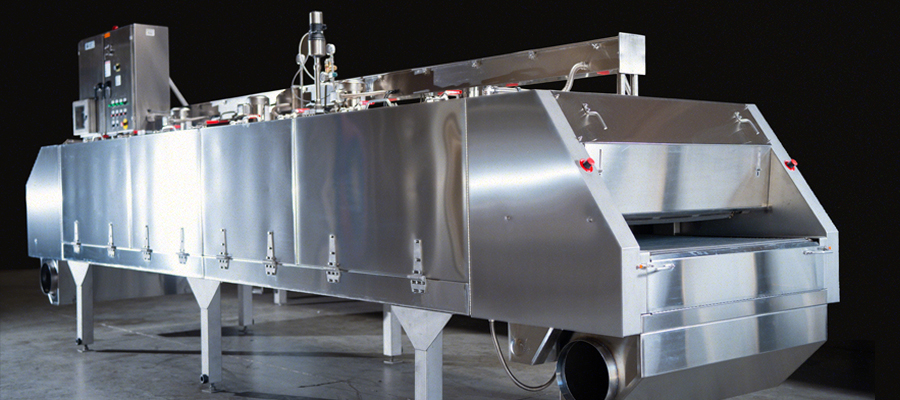
OBJECTIVES
To keep up with pet food demands that quickly skyrocketed during COVID lockdowns and double production until a new plant can be constructed.
CHALLENGES
A leading manufacturer of high-quality dog food saw steady growth of their product lines over the last decades. A new plant was under construction but would not be ready for a few years. There have been massive spikes in sales due to COVID quickly exceeding the production capacity for the current location. This company needed to double production in a short time frame without substantial capital expenditures or plant expansions.
MATHESON SOLUTION
This pet food manufacturer used an older cryogenic 3-pass tunnel freezer at their manufacturing facilities for many years as part of their only existing production line. The freezing process was the limiting factor to additional production. The customer ran this line beyond its design capacity, trying to maximize throughput. Constant breakdowns and high wear caused the unit to require frequent and expensive maintenance. As a critical process, it would often bring the entire plant to a standstill when breakdowns occurred. The small production area limited their ability to use a larger freezer that was more suitable for their production goals.
Approximately six months before being approached by this customer, MATHESON purchased a used 3-pass freezer. MBI Cryogenics, Inc., a MATHESON owned cryogenic food freezing and chilling equipment manufacturer, refurbished the freezer to ensure it was in good operational condition. This 3-pass freezer could be the interim solution for this pet food manufacturer.
After rigorous testing and economic analysis were conducted by the logistics, cryogenic service, gas applications, and sales teams, it was determined that the 3-pass freezer would be a great solution. The overall size of the freezer was the same as the current system, allowing them to be placed in parallel identically configured production. A thorough review of the customer requirements indicated that the belt speed and liquid nitrogen flows had to be dramatically increased, calling for additional modifications. The unit was modified in Los Angeles as nitrogen tanks were ordered and installed.
A team of skilled and experienced contractors installed the system under the supervision of the MATHESON Application Engineer. New vacuum-insulated piping and stainless steel exhaust systems were quickly installed over a few days. The system was tested using the actual product, and a few minor modifications were made to better accommodate customer’s specific requirements.
The customer was greatly impressed with the ease of utilizing MATHESON as a total solution provider to investigate the production problem, procure the equipment, commission the system, deliver the gas, and provide technical support to maintain the production while installing and starting up the equipment. Production capacity was dramatically increased with a new redundancy provided by two identical, parallel production lines. MATHESON brought the entire system online within the customer’s six-month window. The total cost was about half the price of a new system.
